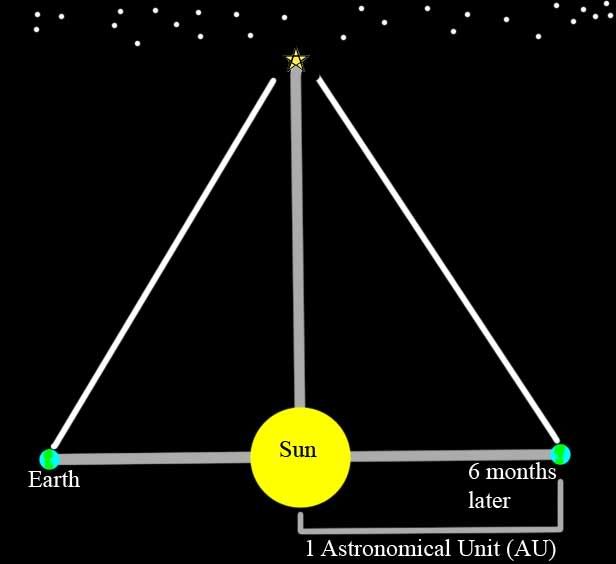
There are many analogies for the likelihood of life spontaneously arising from the primordial soup of early Earth. Dropping Scrabble letters onto the floor and having them arrange themselves into a Shakespearean play. A hurricane passing through a junkyard and leaving a fully assembled 747 in its wake. All things to try and express how unlikely our DNA actually is.
However, there is something that stacked the odds in the Earth's favor - the Moon. But how could the Moon affect the development of life on Earth?
We see the effects of lunar gravity today in the form of tides. Today the tides are relatively tame and usually aren't very destructive. However we can see today that the Moon is slowly spinning away from us. As it orbits around the Earth, the Moon moves ever so slightly away every year.
If you think of gravity like a rope tying the two bodies together as they move through space, the Earth would slowly be letting loose more rope. It isn't fast enough to make any difference on a human timescale. But in the billions of years that the Earth and Moon have been doing their celestial dance, the difference has been quite large.
Just as it is moving further away today, in the past the Moon must have been much closer. Since the Moon was closer, its gravity was stronger, and so the tides would've been much larger.
What difference does that make though?
The tides behaved like a blender, mixing up the primordial soup in the early Earth. The tides would raise and flow over an outcrop, and when the tides recede there will be pools left over. When these pools evaporate, the concentration of the various chemicals and molecules in the water increases. Repeated countless times, over thousands and millions of years.
Each time one of these pools form, it is like dropping a bag of Scrabble letters. If you do it long enough, you'll get Hamlet. Could life develop without a Moon to mix things up? Probably.
Would it have taken much longer? Most definitely. So next time you look up at the Moon, think about how something so far away is directly responsible for the fact that you're standing there looking at it.










